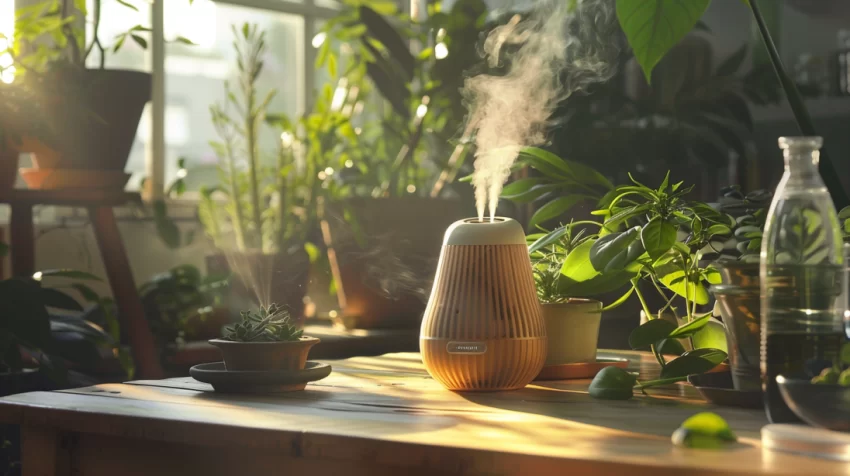Matching houseplants to your maintenance preferences is an important step towards creating a visually pleasing and healthy indoor space. With so many home indoor plants available, it can be overwhelming to choose the right one that will thrive in your environment and fit your lifestyle.
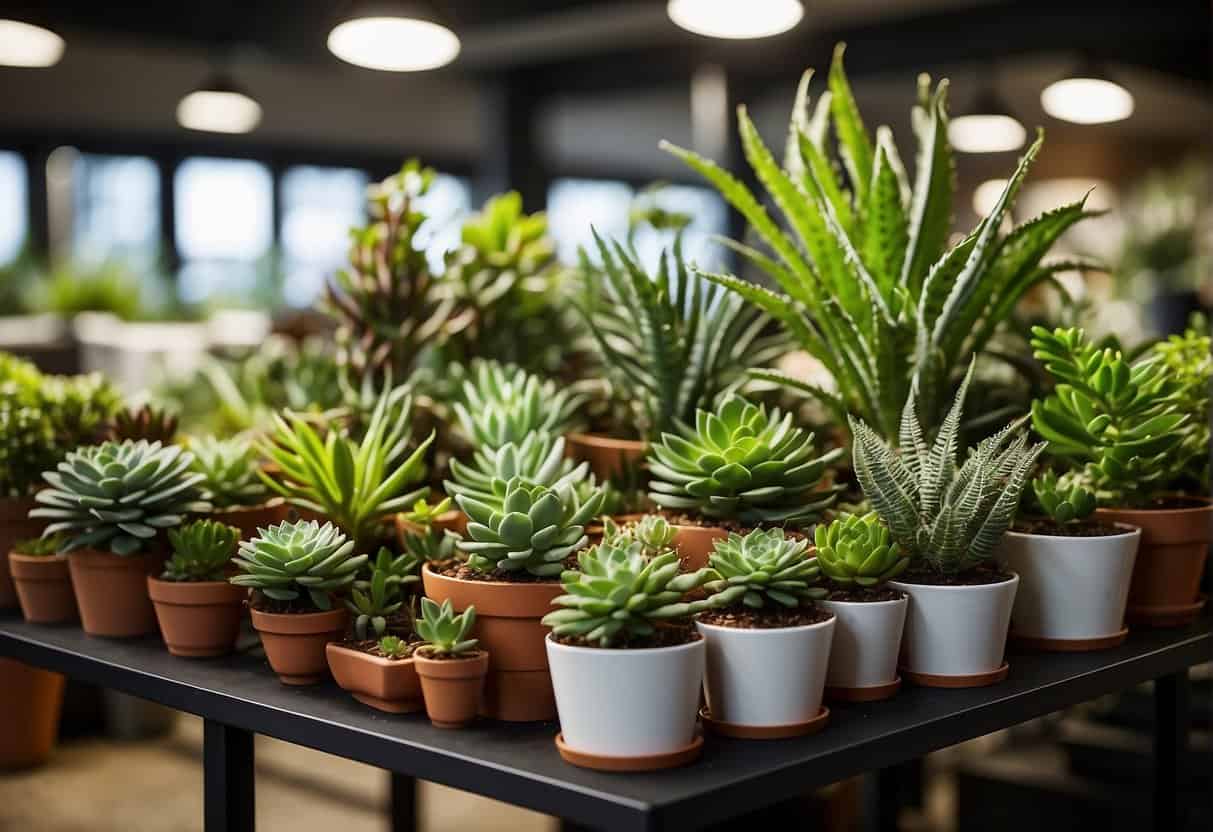
Fortunately, there are a few key factors to consider when selecting houseplants that will enhance your indoor space and require minimal maintenance.
One of the most important factors to consider when matching houseplants to your maintenance preferences is the amount of natural light in your indoor space. Some indoor plants require direct sunlight, while others thrive in low light conditions.
Matching your houseplants to your natural light conditions will help ensure they receive the appropriate amount of light and thrive in your indoor environment.
Another factor to consider when selecting houseplants is the level of maintenance required. Some indoor plants are low maintenance and require minimal care, while others require more attention and care.
Matching your houseplants to your maintenance preferences will help ensure that you are able to care for them properly and keep them healthy and visually pleasing.
Understanding Houseplant Basics
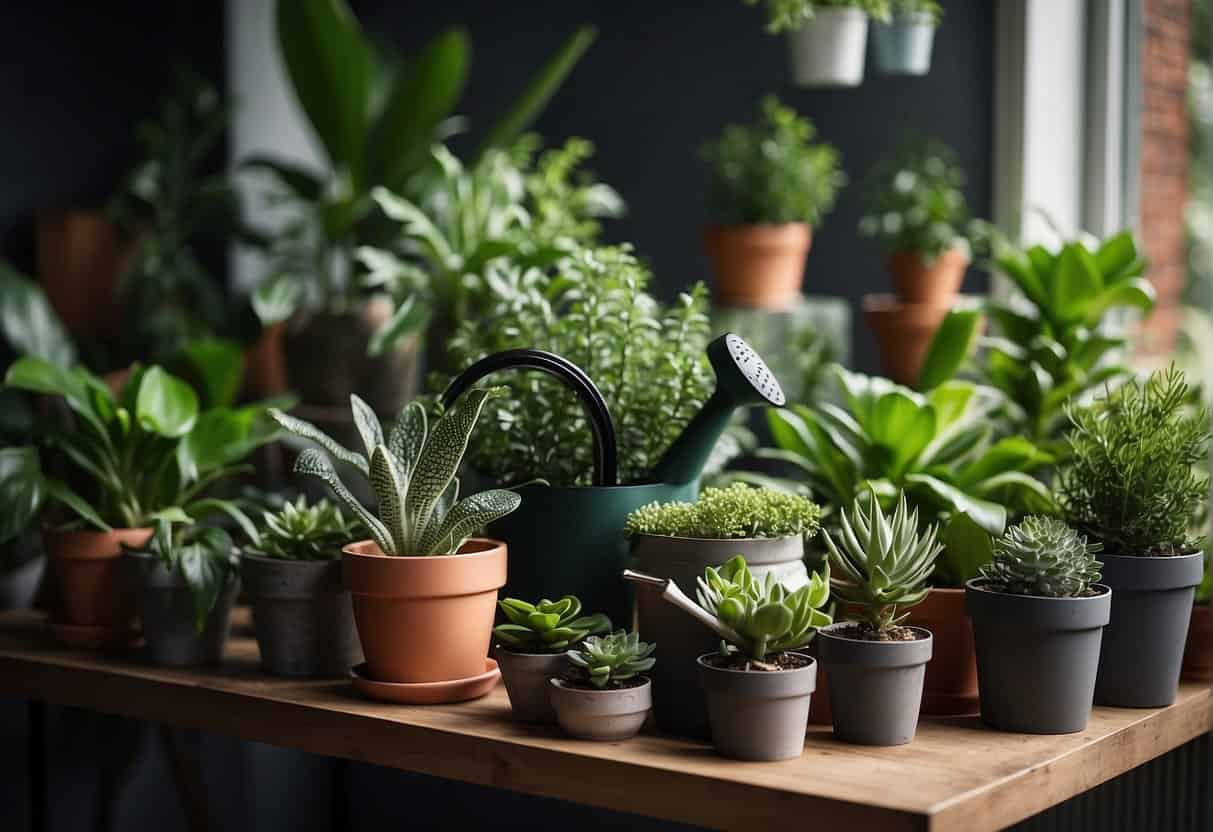
When it comes to selecting houseplants, it is essential to understand the basic requirements of the plants. Different plants have different needs, and it is crucial to match them with your maintenance preferences to ensure that they thrive in your home.
In this section, we will discuss the four fundamental requirements of houseplants: Light Requirements, Watering Needs, Soil and Drainage, and Temperature and Humidity.
Light Requirements
Light is one of the most important factors in the growth of houseplants. Some plants require bright, direct sunlight, while others prefer indirect light or even shade.
It is essential to place your plants in the right location to ensure they receive the appropriate amount of light.
Some common houseplants that thrive in low light conditions include ZZ plants, snake plants, and pothos. On the other hand, plants such as succulents and cacti require bright, direct sunlight to grow.
Watering Needs
Water is another essential factor in the growth of houseplants. Overwatering or underwatering can lead to various problems, including root rot and wilting.
The watering needs of houseplants vary depending on the type of plant, the size of the pot, and the environmental conditions.
As a general rule, it is best to water your plants when the top inch of soil feels dry to the touch. It is also essential to ensure that the pot has proper drainage to prevent water from accumulating at the bottom of the pot.
Soil and Drainage
The soil and drainage of the pot are also crucial factors in the growth of houseplants. Most houseplants require well-draining soil that allows excess water to flow out of the pot.
It is also essential to choose a pot with drainage holes to prevent water from accumulating at the bottom of the pot. Some common soil types for houseplants include potting soil, cactus soil, and succulent soil.
Temperature and Humidity
Your home’s temperature and humidity can also affect houseplants’ growth. Most houseplants prefer temperatures between 60-75°F and humidity levels between 40-60%.
It is essential to avoid placing your plants near drafty windows or heating vents, as this can cause fluctuations in temperature and humidity levels.
Some common houseplants that thrive in high humidity conditions include ferns, peace lilies, and spider plants.
Selecting the Right Plant for Your Lifestyle
Choosing the right houseplant for your home can be a daunting task, especially if you are new to the world of plant care. However, with a little bit of knowledge and research, you can find the perfect plant that matches your maintenance preferences and lifestyle.
Low-Maintenance Varieties
Low-maintenance plants are the best option for those who have a busy lifestyle or are new to plant care. These plants require minimal watering, feeding, and attention and can thrive in low-light conditions.
Some popular low-maintenance varieties include snake plants, peace lilies, and cacti. These plants are perfect for those who travel frequently or have a busy schedule.
High-Maintenance Varieties
If you are a plant enthusiast and have the time and patience to care for high-maintenance plants, you can opt for orchids or other exotic plants.
These plants require more attention, including regular watering, fertilizing, and pruning. They also need specific light and humidity conditions to thrive.
High-maintenance plants are perfect for those who enjoy the challenge of plant care and want to create a unique plant community in their home.
Assessing Your Maintenance Willingness
Before selecting a plant, it is vital to assess your willingness to maintain it. Consider how much time and effort you are willing to put into plant care, as well as the light and humidity conditions in your home.
Low-maintenance plants like snake plants and peace lilies are the best options if you have a busy lifestyle and low-light conditions. However, if you have the time and patience to care for high-maintenance plants and have the right conditions in your home, then you can opt for exotic plants like orchids.
Caring for Different Types of Houseplants
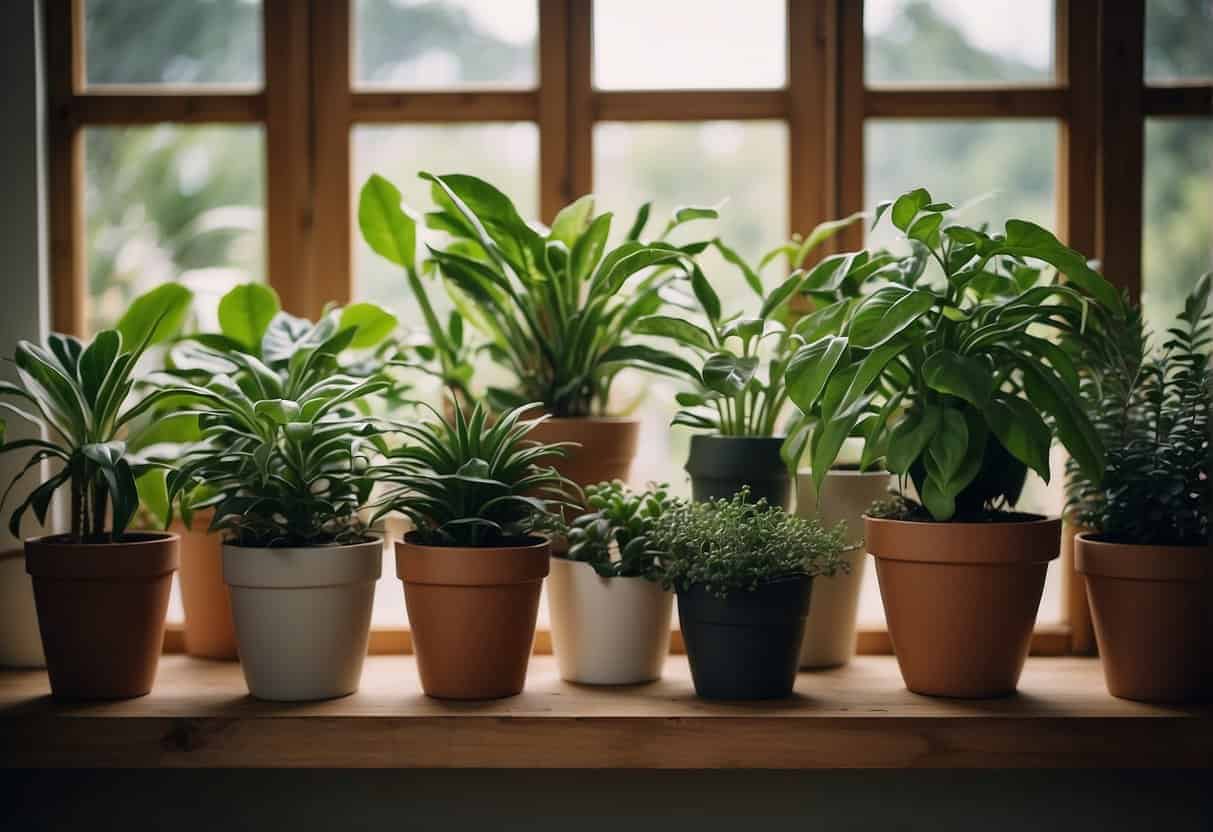
Taking care of houseplants can be a rewarding experience, but it requires some knowledge of the different types of plants and their maintenance needs. Here are some tips for caring for different types of houseplants.
Succulents and Cacti
Succulents and cacti are great choices for those who tend to forget to water their plants, as they thrive in dryness. They need a lot of sunlight and prefer sandy, well-drained soils with little to no organic matter.
Succulents and cacti can be propagated easily, and they come in a variety of shapes and sizes. Some popular varieties include the jade plant, aloe vera, and the prickly pear cactus.
Ferns and Tropical Plants
Ferns and tropical plants are great for adding a touch of green to any room. They prefer indirect light and high humidity, so they are great for bathrooms or kitchens.
Ferns are known for their delicate fronds, and they are great for purifying the air. Some popular varieties include the Boston, maidenhair, and bird’s nest fern.
Tropical plants, such as the peace lily and the snake plant, are also great for purifying the air and adding a touch of color to any room.
Flowering and Foliage Varieties
Flowering and foliage varieties are great for adding color and texture to any room. They prefer bright, indirect light and well-drained soils.
Some popular flowering varieties include the orchid, African violet, and the Christmas cactus. Foliage varieties, such as the rubber plant and the fiddle leaf fig, are great for adding texture and depth to any room.
Creating a Cohesive Indoor Garden
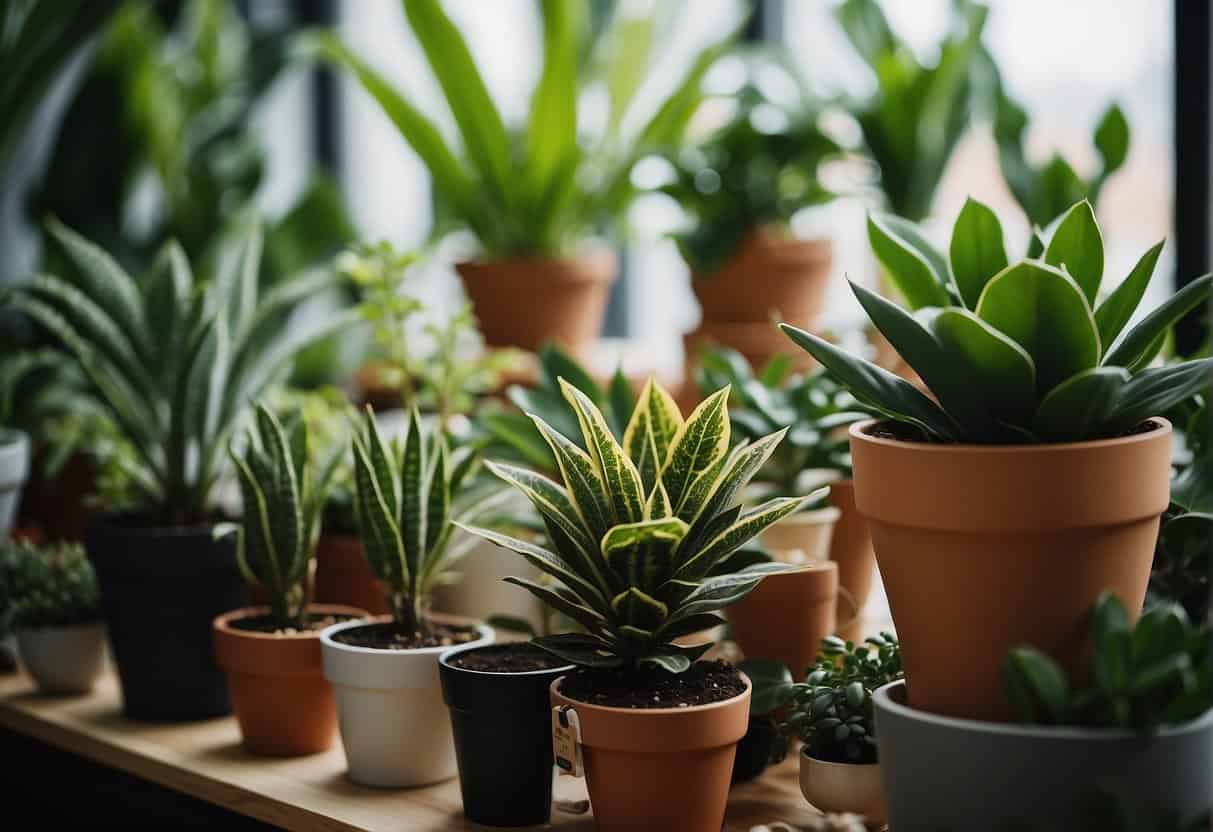
Indoor gardening can be a fun and rewarding way to add some natural beauty to your home. However, it can be challenging to create a cohesive and harmonious indoor garden that matches your style and maintenance preferences. In this section, we will explore some tips and tricks to help you create a beautiful and visually pleasing indoor garden.
Matching Plants to Indoor Decor
One of the most important aspects of creating a cohesive indoor garden is matching your plants to your indoor decor. You should consider the color, texture, shape, and form of your plants when selecting them for your home.
For example, if you have a modern and minimalist decor, you might want to choose plants with clean lines and simple forms, such as snake plants or ZZ plants. On the other hand, if you have a more eclectic and bohemian style, you might want to choose plants with a more organic and free-form shape, such as ferns or philodendrons.
Grouping for Visual Impact
Another way to create a visually appealing indoor garden is by grouping your plants together. Grouping plants of different colors, textures, and shapes can create a stunning display that adds visual interest to your home.
You can group plants of similar colors or textures together to create a cohesive look or mix and match plants of different colors and textures to create a more eclectic and vibrant display. You can also use different pots and containers to add variety and interest to your indoor garden.
Balancing Variety and Uniformity
When creating a cohesive indoor garden, it is important to strike a balance between variety and uniformity. You want to create a visually appealing display that is not too cluttered or chaotic but also not too boring or monotonous.
One way to achieve this balance is by choosing a few key plants and repeating them throughout your indoor garden. You can also vary the size and shape of your plants to add interest and dimension to your display. Additionally, you can use different pots and containers to create a more varied and interesting display.
Advanced Plant Care Techniques

When it comes to advanced plant care, a few techniques can help ensure your houseplants are healthy and thriving. This section will cover fertilization and growth, pest management, and seasonal adjustments.
Fertilization and Growth
Fertilization is an essential part of plant care. It provides the necessary nutrients for growth and helps keep plants healthy.
Many different types of fertilizers are available, including liquid, granular, and slow-release.
When choosing a fertilizer, consider the type of plant and its specific needs. Some plants require more nitrogen, while others need more potassium or phosphorus. It’s also important to follow the instructions carefully, as over-fertilization can be harmful to plants.
In addition to fertilization, pruning is another crucial technique for promoting healthy growth. Removing dead or damaged leaves and stems can help redirect the plant’s energy towards new growth.
Pest Management
Insects can be a significant problem for houseplants, but there are several methods for pest management.
One of the most effective is to use natural predators, such as ladybugs or praying mantises, to control the population of harmful insects.
Another option is to use insecticidal soap or neem oil, which are safe and effective treatments for many common pests. Just make sure to follow the instructions carefully and avoid using too much, as this can harm the plant.
Seasonal Adjustments
As the seasons change, it’s important to adjust your plant care routine accordingly.
In the winter, many plants go into dormancy and require less water and fertilizer. It’s also important to ensure that plants are not exposed to cold drafts or extreme temperatures.
In the summer, plants may require more frequent watering and may benefit from additional fertilization. It’s also essential to ensure that plants are not exposed to direct sunlight for extended periods, as this can cause damage.
Troubleshooting Common Houseplant Issues
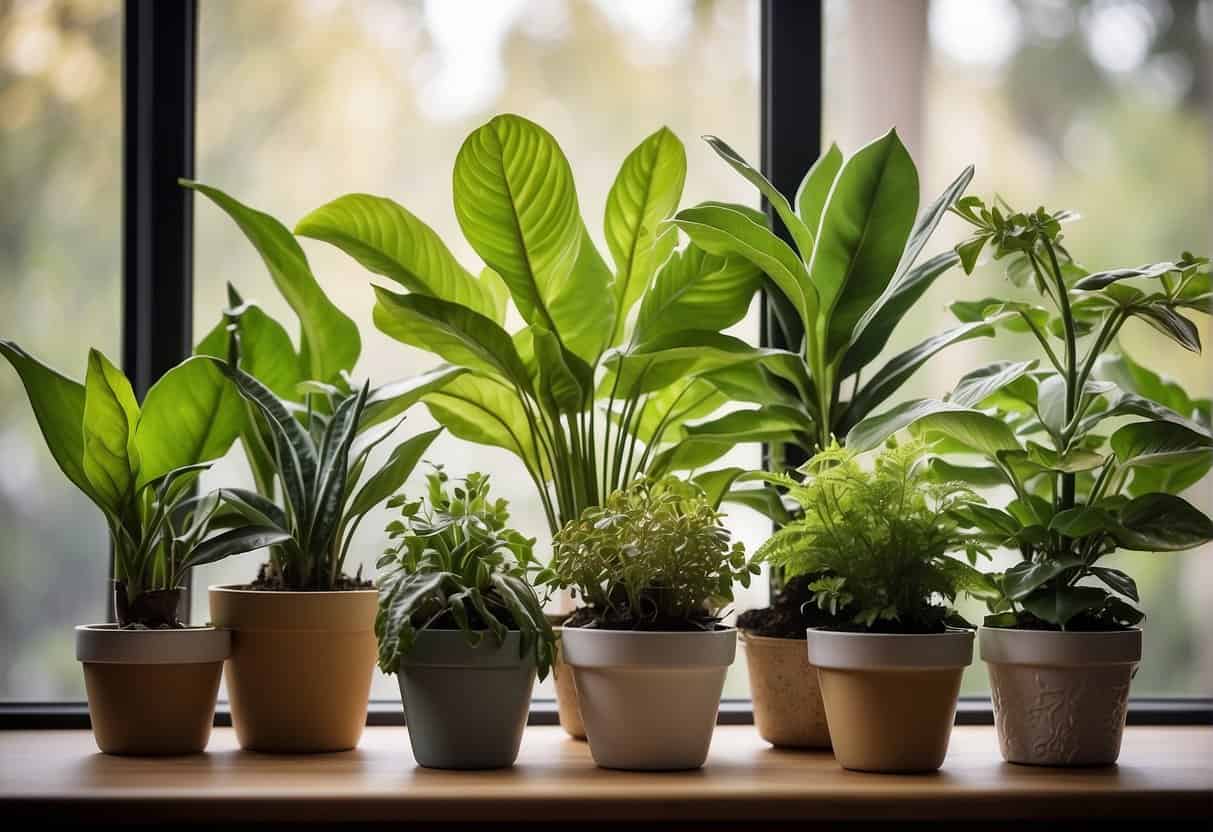
Houseplants are a great way to bring a touch of nature indoors, but they can be finicky and prone to various problems. Here are some common houseplant issues and how to troubleshoot them.
Overwatering and Underwatering
Overwatering and underwatering are two of the most common problems that houseplants face.
To avoid overwatering, make sure the soil is dry before watering again. To avoid underwatering, thoroughly water the plant and ensure the soil is evenly moist.
Lighting Challenges
Light is essential for houseplants to grow and thrive, but too much or too little light can cause problems.
Direct sunlight can scorch the leaves of some plants, while others require bright, indirect light. If a plant is not getting enough light, it may become leggy or stop growing altogether. If it is getting too much light, the leaves may turn brown and dry out.
Temperature and Humidity Fluctuations
Houseplants are sensitive to temperature and humidity fluctuations.
Some plants thrive in high humidity, while others prefer drier conditions. It is important to keep the temperature and humidity levels consistent to avoid stress on the plant. In addition, sudden temperature changes can cause shock and damage to the plant.
Innovative Tools and Resources

When it comes to matching houseplants to maintenance preferences, there are a variety of innovative tools and resources available to help make the process easier. Here are some of the top options:
Smart Plant Monitors
Smart plant monitors are an excellent tool for those who want to keep a close eye on their plants’ health.
These devices use sensors to track variables like soil moisture, light levels, and temperature and then send that data to an app on your phone. Some popular options include the Parrot Pot and the Flower Power by Xiaomi.
Humidifiers and Lighting Systems
Humidifiers and lighting systems can also be helpful in matching houseplants to maintenance preferences.
For example, if you live in a dry climate, a humidifier can help keep your plants healthy by increasing the moisture in the air. Similarly, if you don’t have a lot of natural light in your home, a lighting system can provide the necessary light for your plants to thrive.
Online Plant Care Communities
Finally, online plant care communities can be an invaluable resource for those looking to match houseplants to their maintenance preferences.
These communities allow you to connect with other plant owners who may have similar preferences and challenges, and can provide advice and support when needed. Some popular options include the r/houseplants subreddit and the Plant Care Today Facebook group.
Conclusion
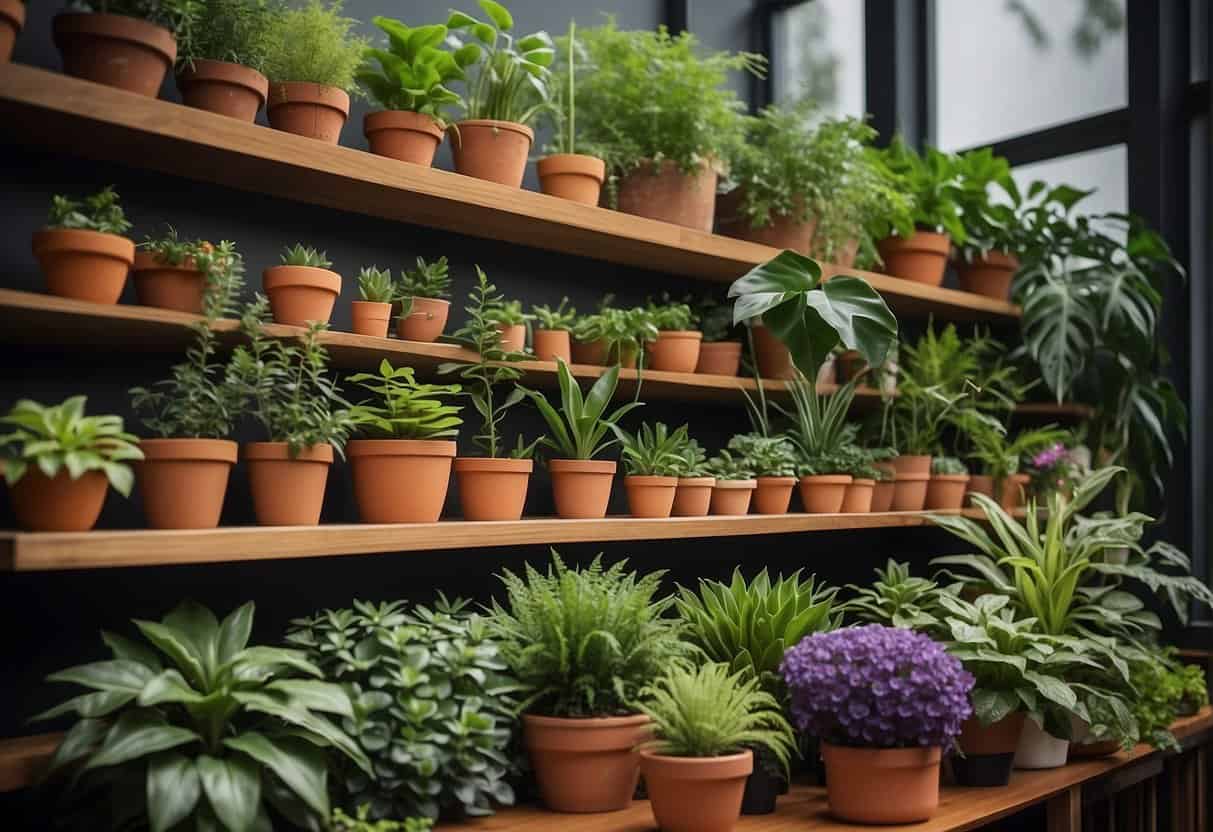
Matching houseplants to your maintenance preferences can be a fun and rewarding experience. By selecting plants that are cohesive and enhance the vibrancy of your indoor spaces, you can create a more nature-filled environment that promotes health and well-being.
Remember to consider your maintenance preferences when selecting houseplants. Some plants require more care than others, so it’s important to choose plants that fit your lifestyle.
If you have a busy schedule, consider low-maintenance plants that require minimal care. On the other hand, if you enjoy spending time caring for your plants, choose high-maintenance plants that require more attention.
In addition, think about the lighting and humidity levels in your home when selecting houseplants.
Some plants thrive in bright, direct sunlight, while others prefer indirect light. Similarly, some plants prefer high humidity levels, while others require drier conditions.
Frequently Asked Questions
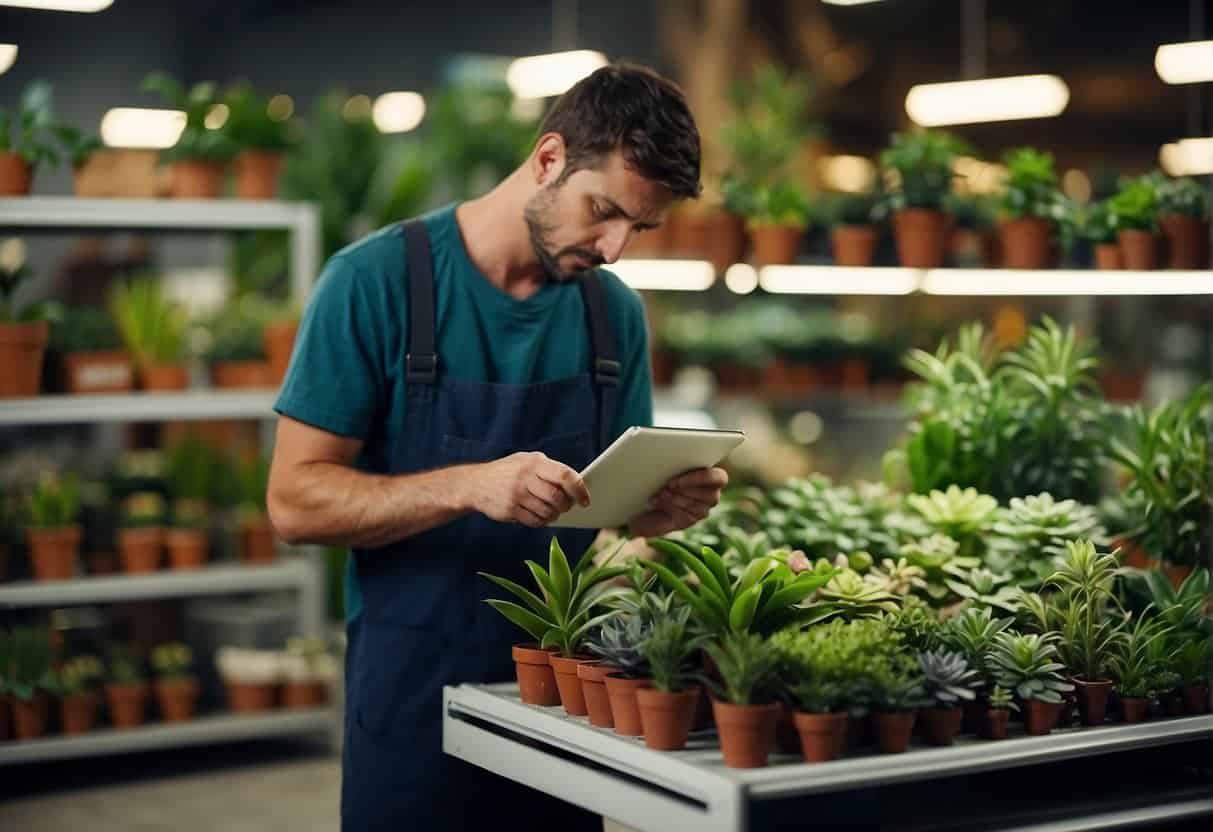
How can I select a houseplant that matches my low-maintenance preferences?
Choosing a low-maintenance plant can save you time and effort. Look for plants that can tolerate a range of temperatures, light levels, and moisture conditions.
Succulents, snake plants, and ZZ plants are great options for those who want low-maintenance plants. These plants require minimal watering and can survive in low light conditions.
What are some houseplants suitable for low light conditions?
If your home or office has low light conditions, you can still enjoy the benefits of houseplants.
Some of the best low-light plants include pothos, spider plants, and peace lilies. These plants can thrive in low-light conditions and require minimal maintenance.
How can I determine my plant personality to choose the right houseplant?
To choose the right houseplant, consider your lifestyle and personality.
Are you a busy person who travels frequently, or do you have a lot of free time to care for your plants? Do you prefer a minimalist or tropical look? Answering these questions can help you determine the right plant for you.
What steps should I take if my houseplant is dying?
If your houseplant is dying, first identify the problem. Is it getting too much or too little water? Is it in the wrong light conditions?
Once you’ve identified the problem, take corrective action. For example, if your plant is getting too much water, reduce the frequency of watering. If it’s not getting enough light, move it to a brighter location.
How do I properly identify and care for different types of houseplants?
Different houseplants have different care requirements. Research your plant’s specific needs, including light, water, and humidity.
You can also identify your plant by its leaves, flowers, or growth habit. Once you know your plant’s needs, you can provide the necessary care to keep it healthy.
What are the signs of a high-maintenance plant, and how can I avoid them?
High-maintenance plants require frequent watering, specific light conditions, and regular pruning.
Signs of a high-maintenance plant include wilting, yellowing leaves, and stunted growth.
To avoid high maintenance plants, choose plants that can tolerate a range of conditions and require minimal care.


